Defiant strokes: Hauser & Wirth hosts Philip Guston's transitional work
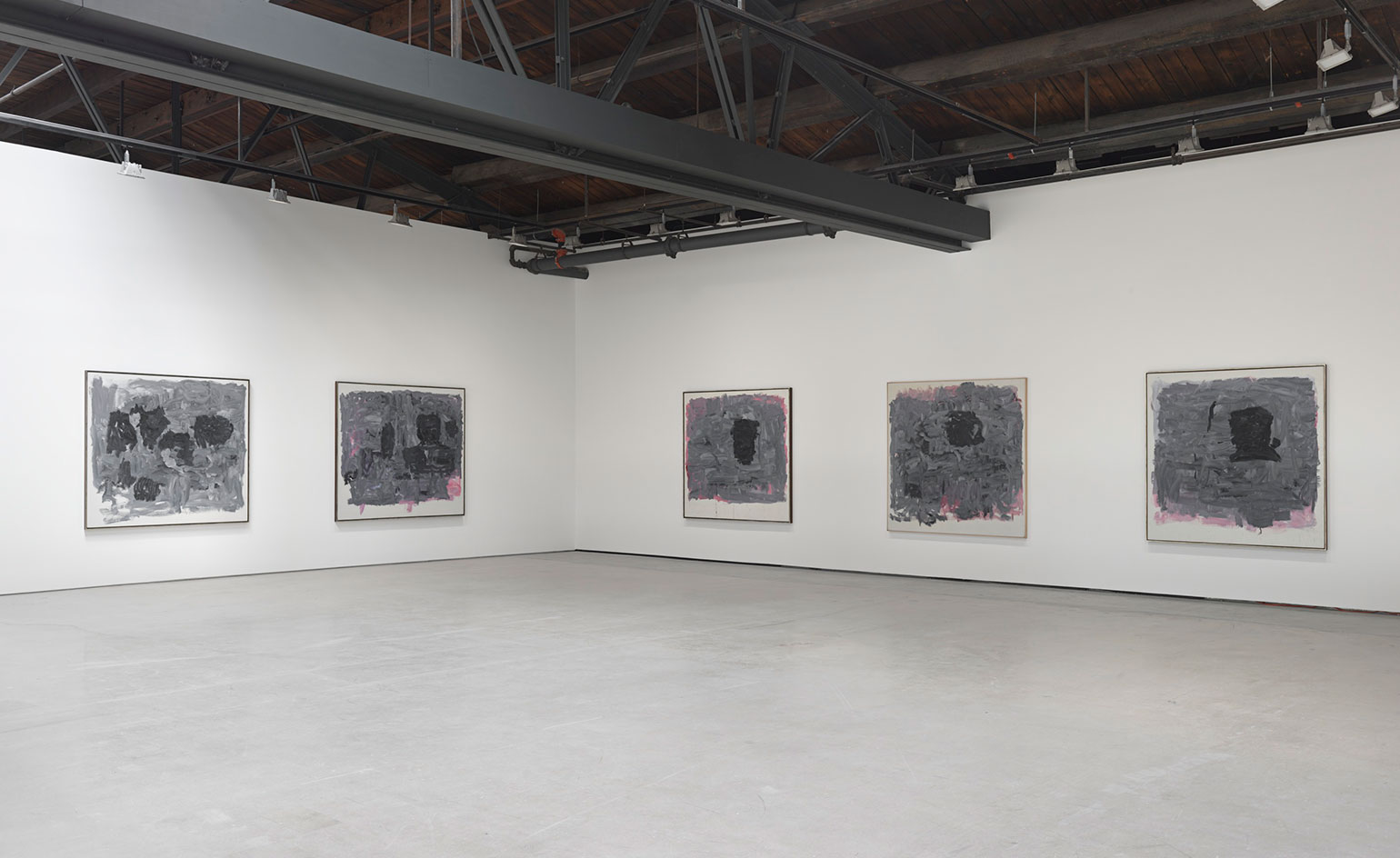
American artist Philip Guston – while perhaps not a household name like his New York School contemporary and onetime high school classmate Jackson Pollock – embodied many of the conflicts and contradictions inherent in 20th century modern art. Over the course of his career, Guston was almost chameleonic – routinely shifting his focus from the abstract to the figurative while attempting to reconicle gestural and field painting in the process.
The artist’s dialectic approach is explored in Hauser & Wirth’s ‘Philip Guston: Painter, 1957 – 1967,’ a compelling collection of 36 painting and 53 drawings. Drawn from private collections and museums (only a fraction of the pieces are up for sale), it is the most extensive showing from this body of Guston’s work to be displayed in some fifty years.
The work on view in Hauser & Wirth’s capacious Chelsea compound represents what critics call Guston’s ‘transitional period.’ As Hauser & Wirth partner and curator Paul Schimmel notes, however, the decade was actually entirely epochal for the artist. In fact, the exhibition brings us closer to Guston, a man who was in the process of pushing back against the burden of early career success as well as the confines of the Abstract Impressionist movement. According to Schimmel, Guston refused 'to be pinned down or to rest on his own considerable accomplishments and influence.'
Guston’s less appreciated paintings completed during this period mark a strident move away from his New York School days and the constraints of the Modern Art Complex.
The exuberant colours and vigorous strokes of earlier years moved to darker, more tenebrous forms, rendered with a heavier, more limited palette. In a large group of works that includes Stranger (1964) and Portrait I (1965) Guston creates lugubrious, almost cryptic portraits and fields with thick smoky greys. Dense forms imply the artist’s self examination while pink strokes bleed through defiantly.
Towards the end of this pivotal decade, a time that was also personally tumultous for the artist, who had retreated to Woodstock, New York, with his family, Guston swapped painting for drawing. The exhibition’s last section presents the artist’s 'pure drawings,' which were created in a two-year span between 1966 and 1967. Displayed together in a grid, the pieces offer a kind of elemental comfort with their gestures, marks, crude portraits and depictions of architecture and landscapes. 'This period was extraordinarily liberating for Guston,' said Schimmel. 'A clean sheet of paper didn’t represent the encumberments of who he was; he was no longer held back by the pop enemy camp.'
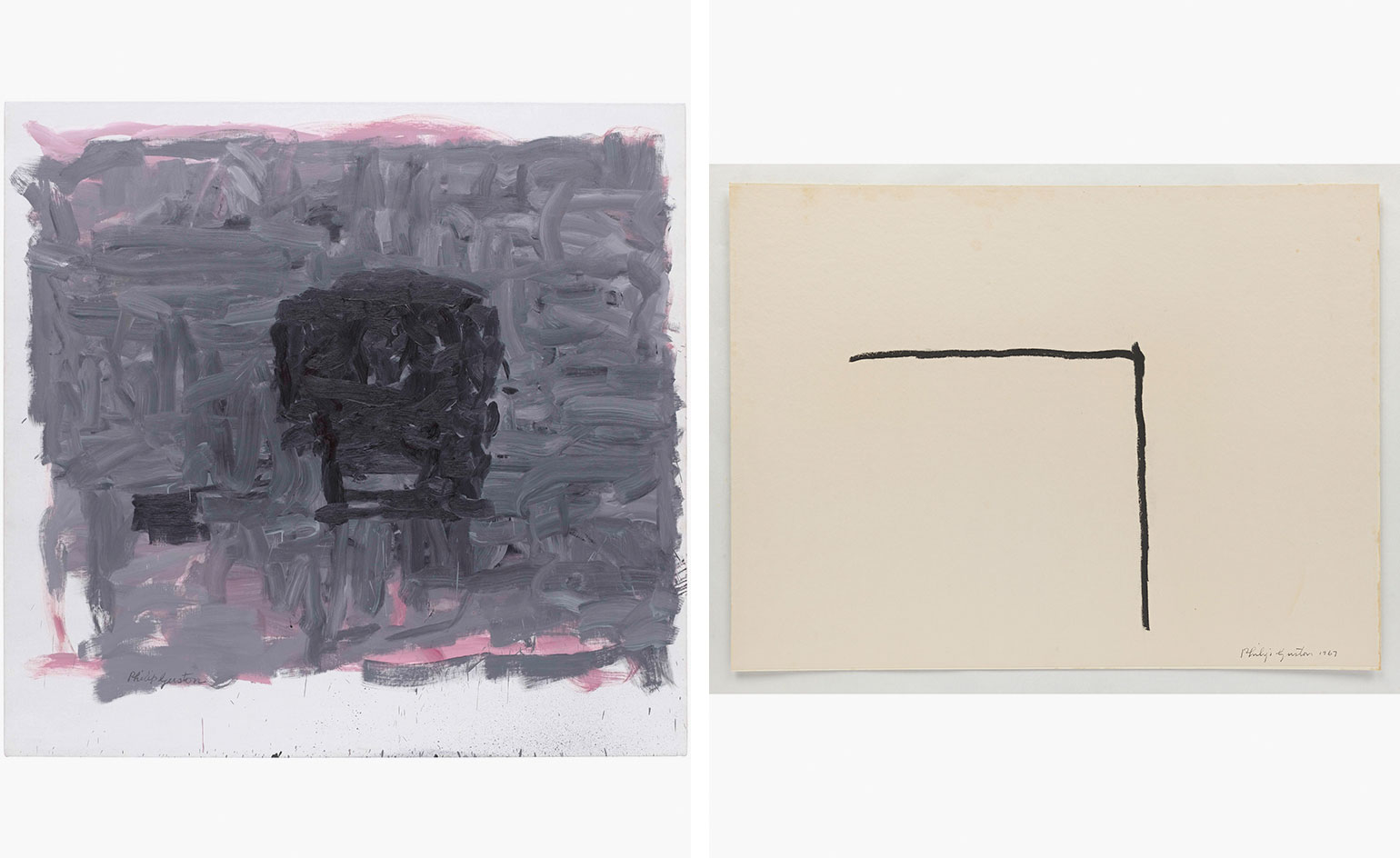
Pictured left: Inhabiter (1965) Courtesy The Museum of Modern Art, New York NY. Gift of Edward R Broida, 2005. Pictured right: Untitled (1967)
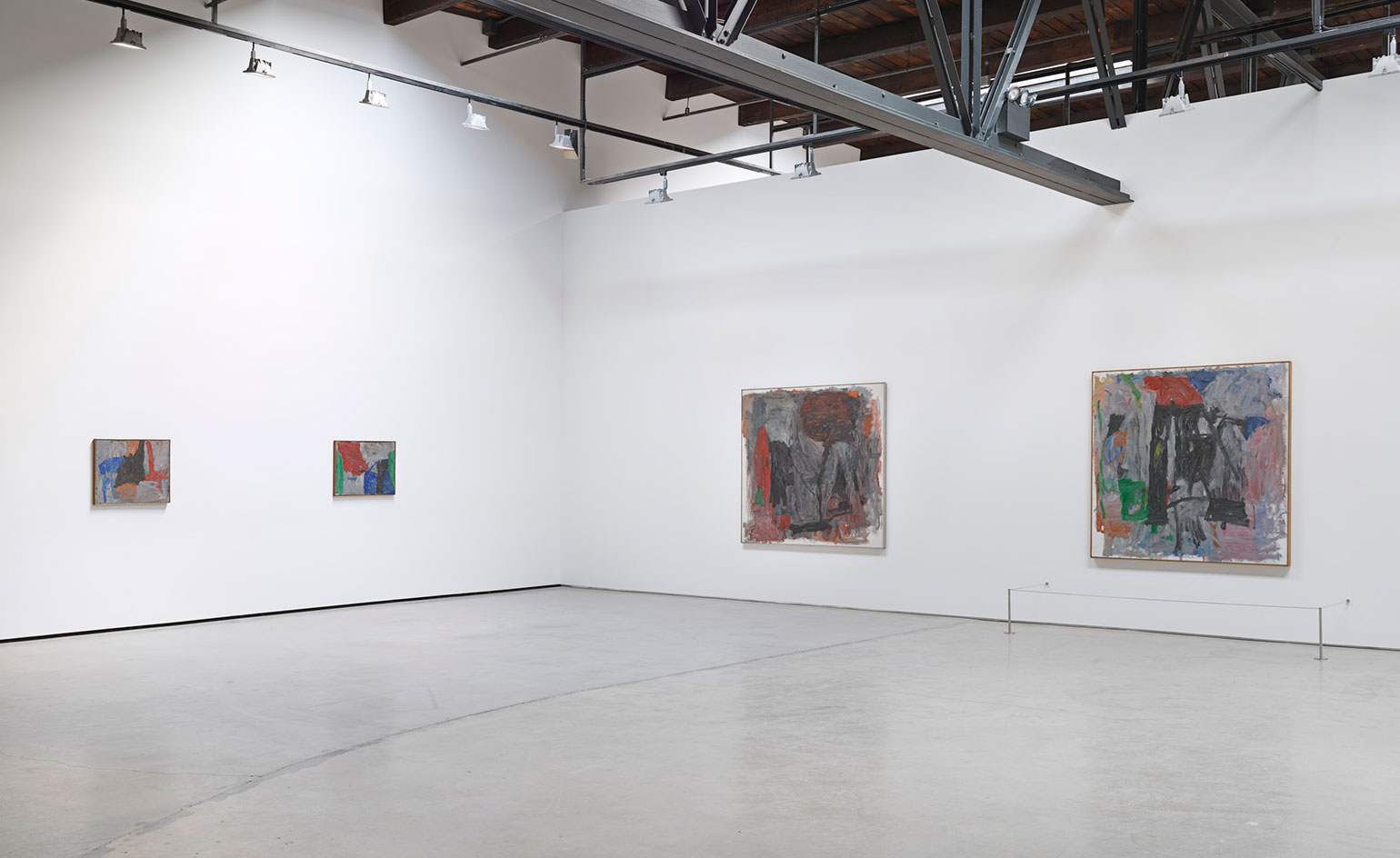
The exhibition brings us closer to Guston, a man who was in the process of pushing back against the burden of early career success as well as the confines of the Abstract Impressionist movement.
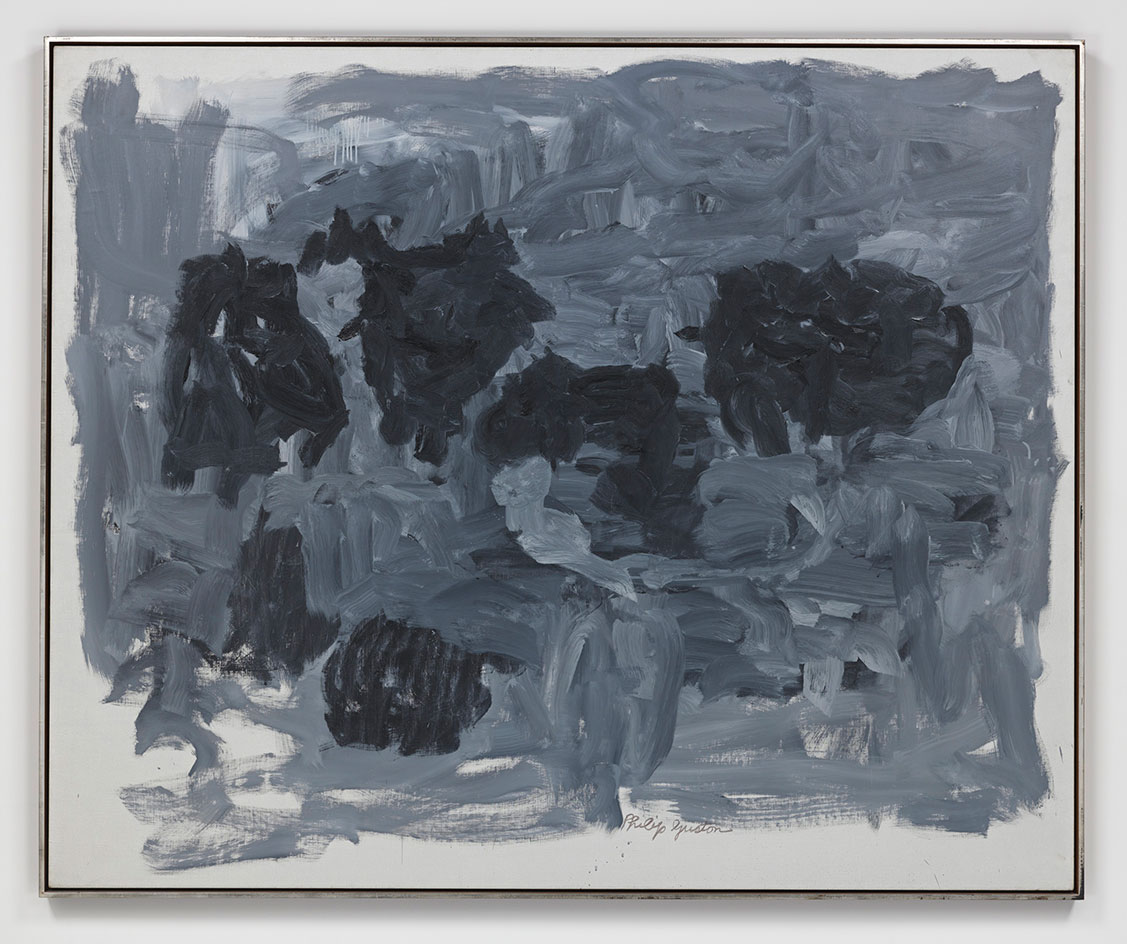
The exuberant colours and vigorous strokes of earlier years moved to darker, more tenebrous forms, rendered with a darker, more limited palette. Pictured: The Year (1964).
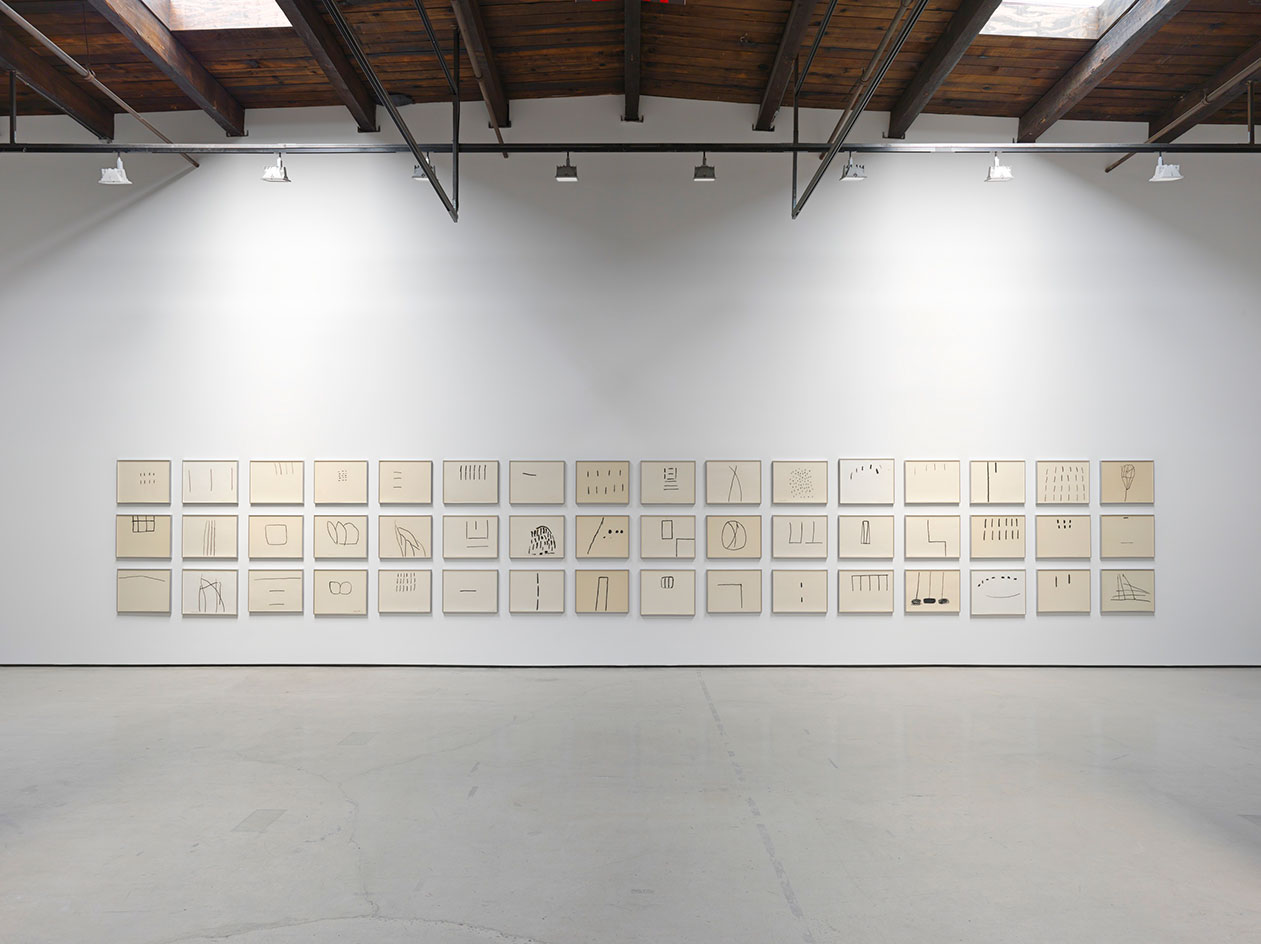
The exhibition’s last section presents the artist’s 'pure drawings,' which were created in a two-year span between 1966 and 1967. Displayed together in a grid, the pieces offer a kind of elemental comfort with their gestures, marks, crude portraits and depictions of architecture and landscapes.
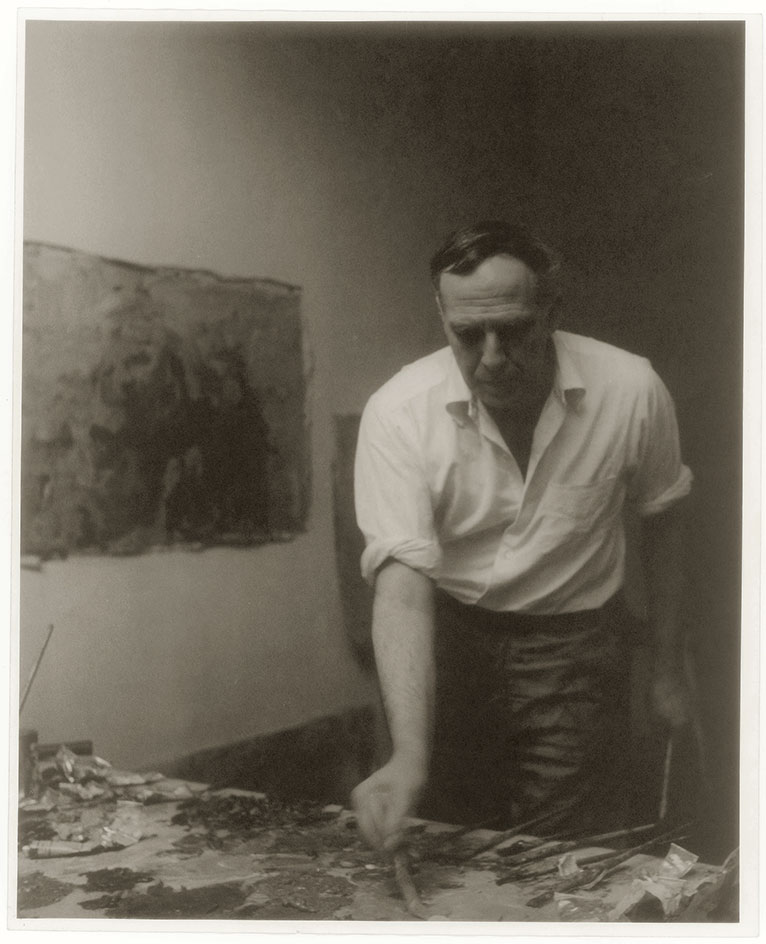
Philip Guston in his studio, New York, 1957.
INFORMATION
‘Philip Guston: Painter, 1957 – 1967’ is on view until 29 July. For more information visit the Hauser & Wirth website
Photography: © The Estate of Philip Guston. Courtesy Hauser & Wirth
ADDRESS
Hauser & Wirth
32 East 69th Street
New York NY 10021
Receive our daily digest of inspiration, escapism and design stories from around the world direct to your inbox.
-
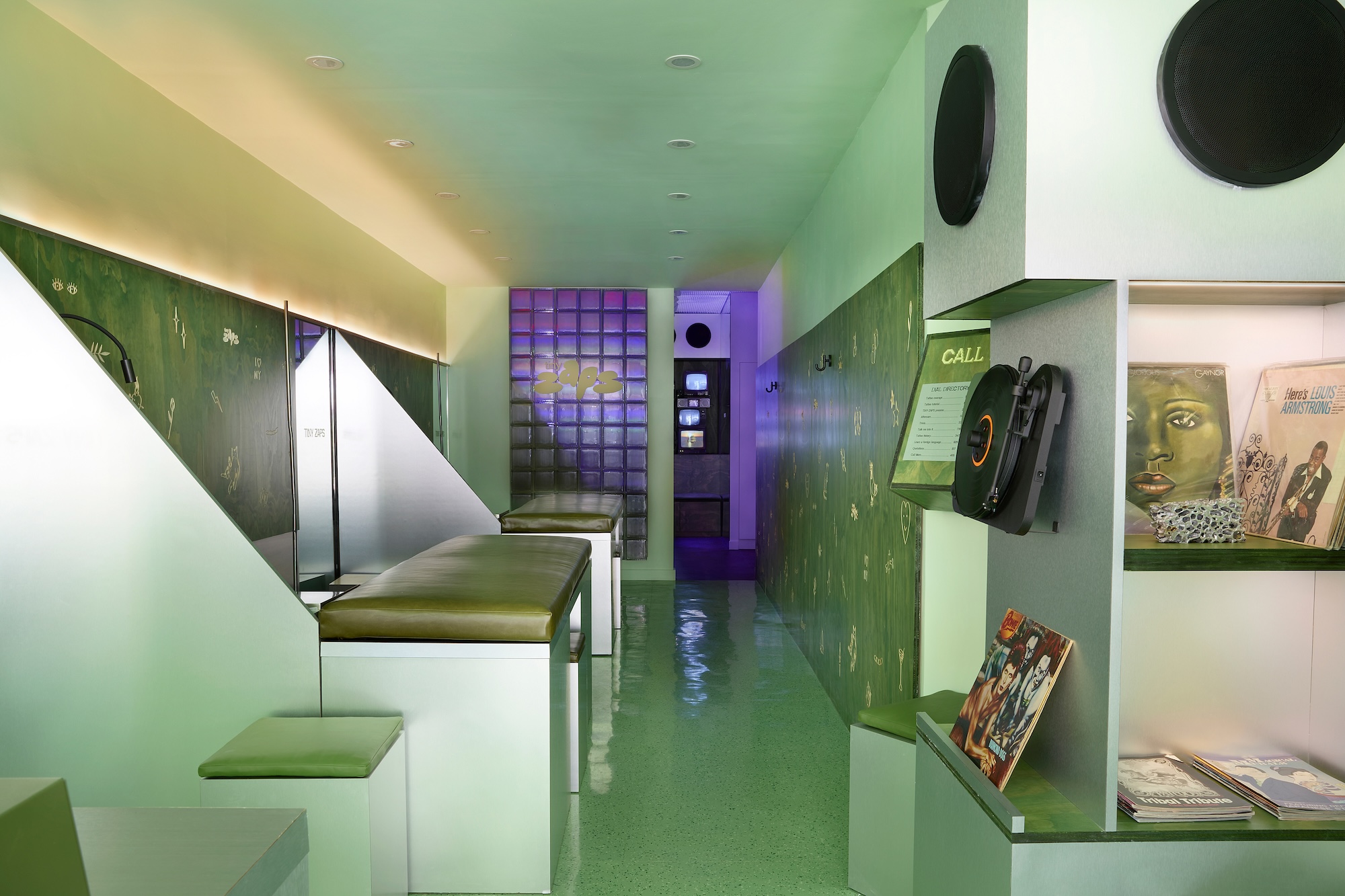 Terrified to get inked? This inviting Brooklyn tattoo parlour is for people who are 'a little bit nervous'
Terrified to get inked? This inviting Brooklyn tattoo parlour is for people who are 'a little bit nervous'With minty-green walls and an option to 'call mom', Tiny Zaps' Williamsburg location was designed to tame jitters
-
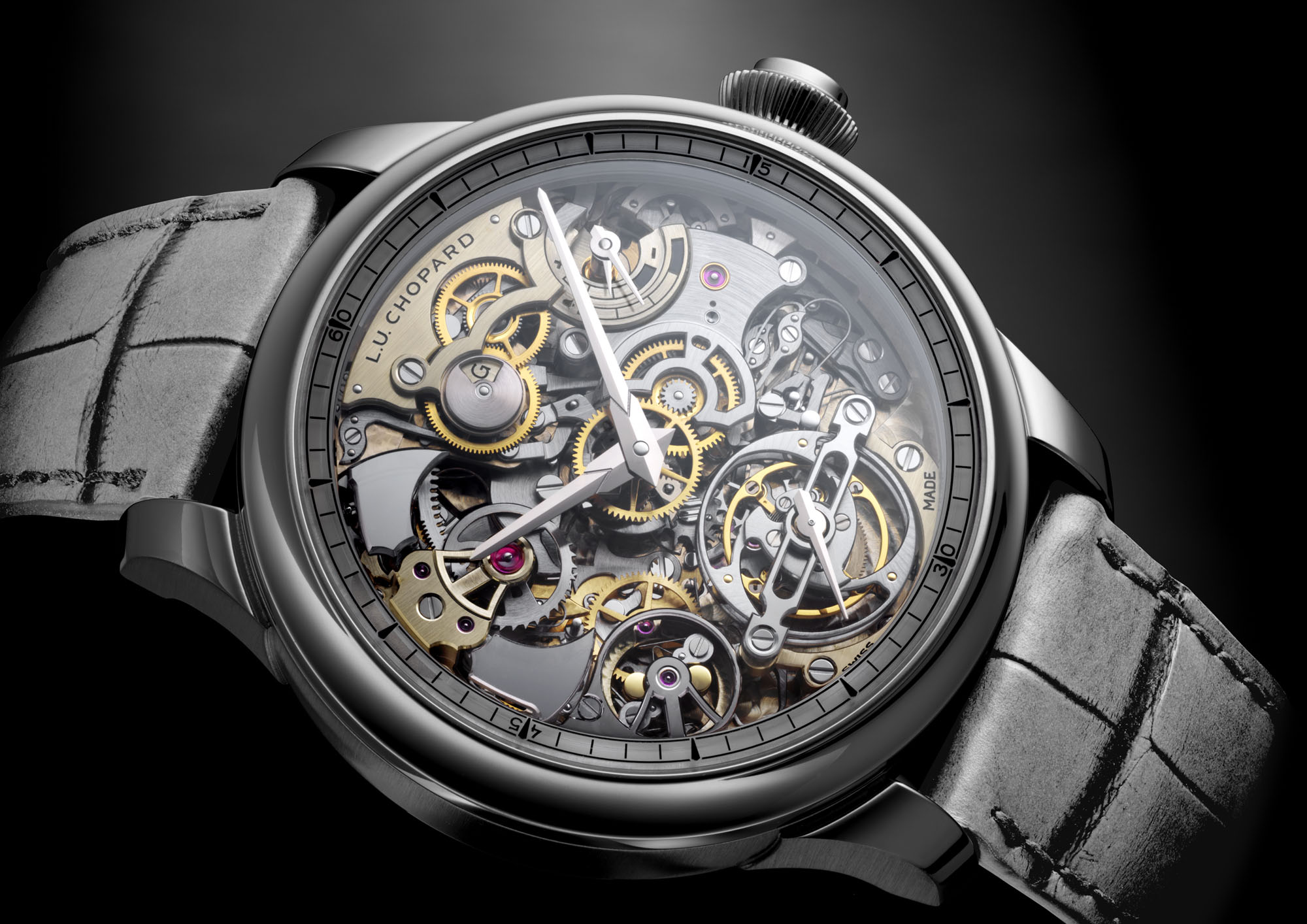 Let’s hear it for the Chopard L.U.C Grand Strike chiming watch
Let’s hear it for the Chopard L.U.C Grand Strike chiming watchThe Swiss watchmaker’s most complicated timepiece to date features an innovative approach to producing a crystal-clear sound
-
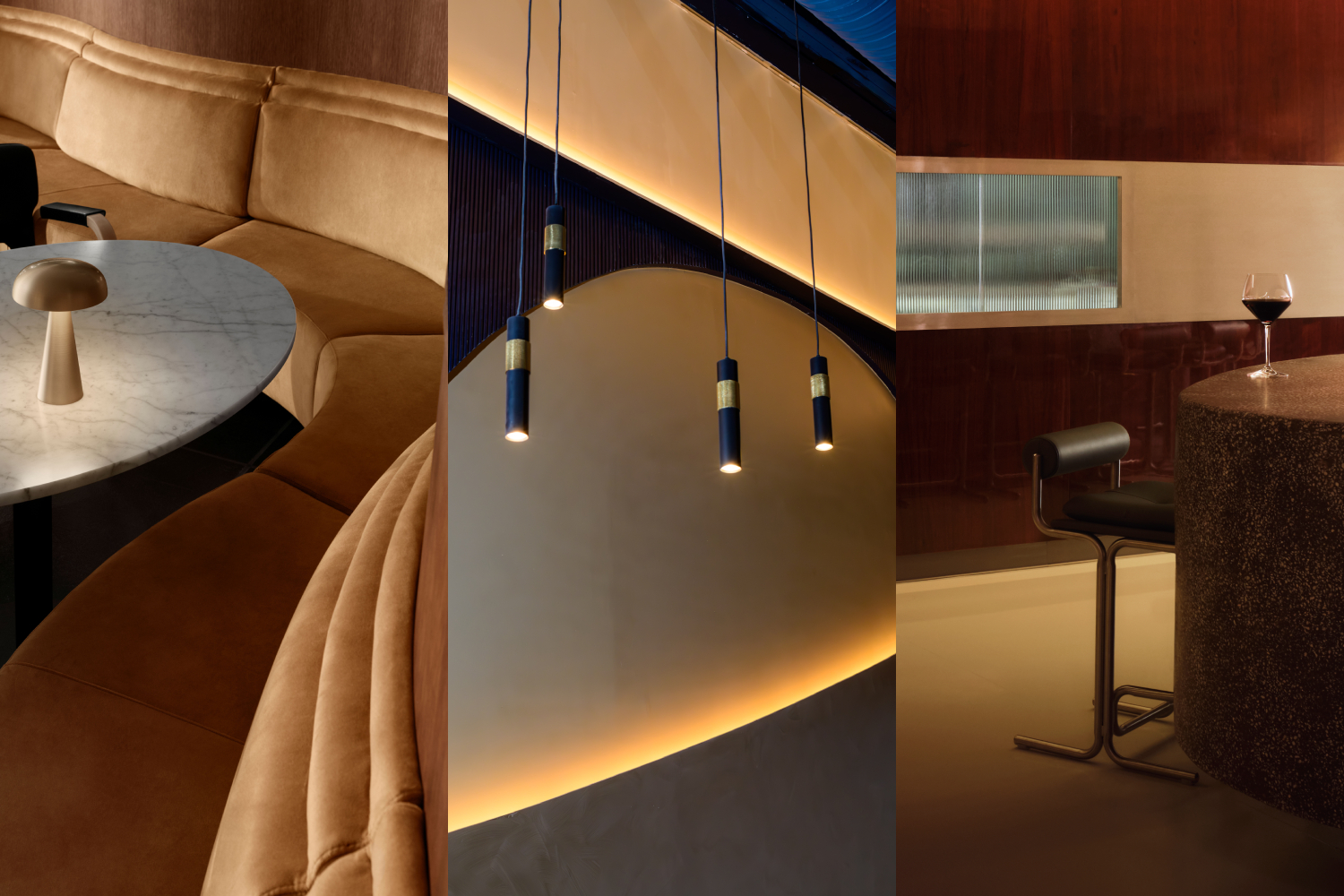 Form... and flavour? The best design-led restaurant debuts of 2025
Form... and flavour? The best design-led restaurant debuts of 2025A Wallpaper* edit of the restaurant interiors that shaped how we ate, gathered and lingered this year
-
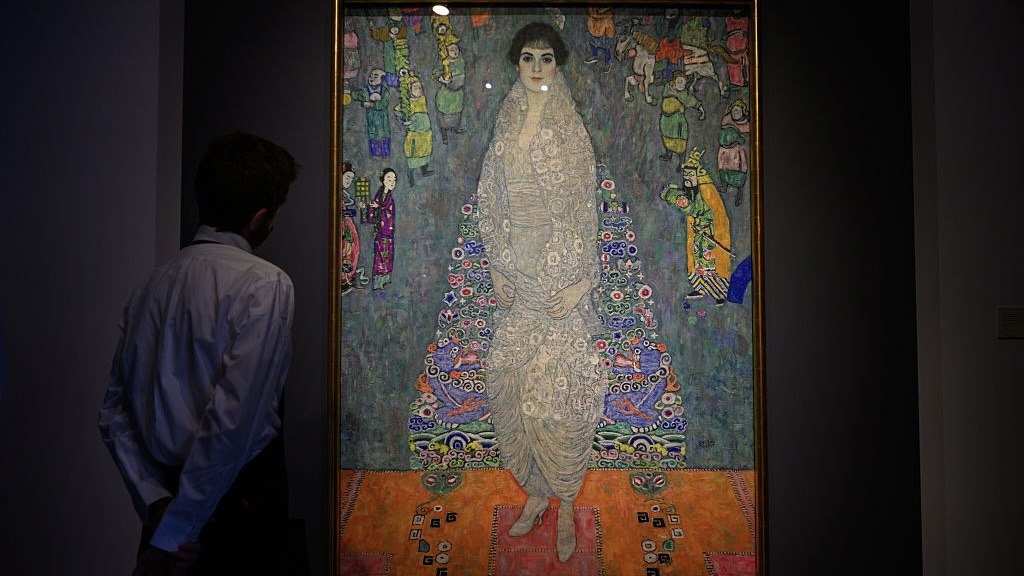 This Gustav Klimt painting just became the second most expensive artwork ever sold – it has an incredible backstory
This Gustav Klimt painting just became the second most expensive artwork ever sold – it has an incredible backstorySold by Sotheby’s for a staggering $236.4 million, ‘Portrait of Elisabeth Lederer’ survived Nazi looting and became the key to its subject’s survival
-
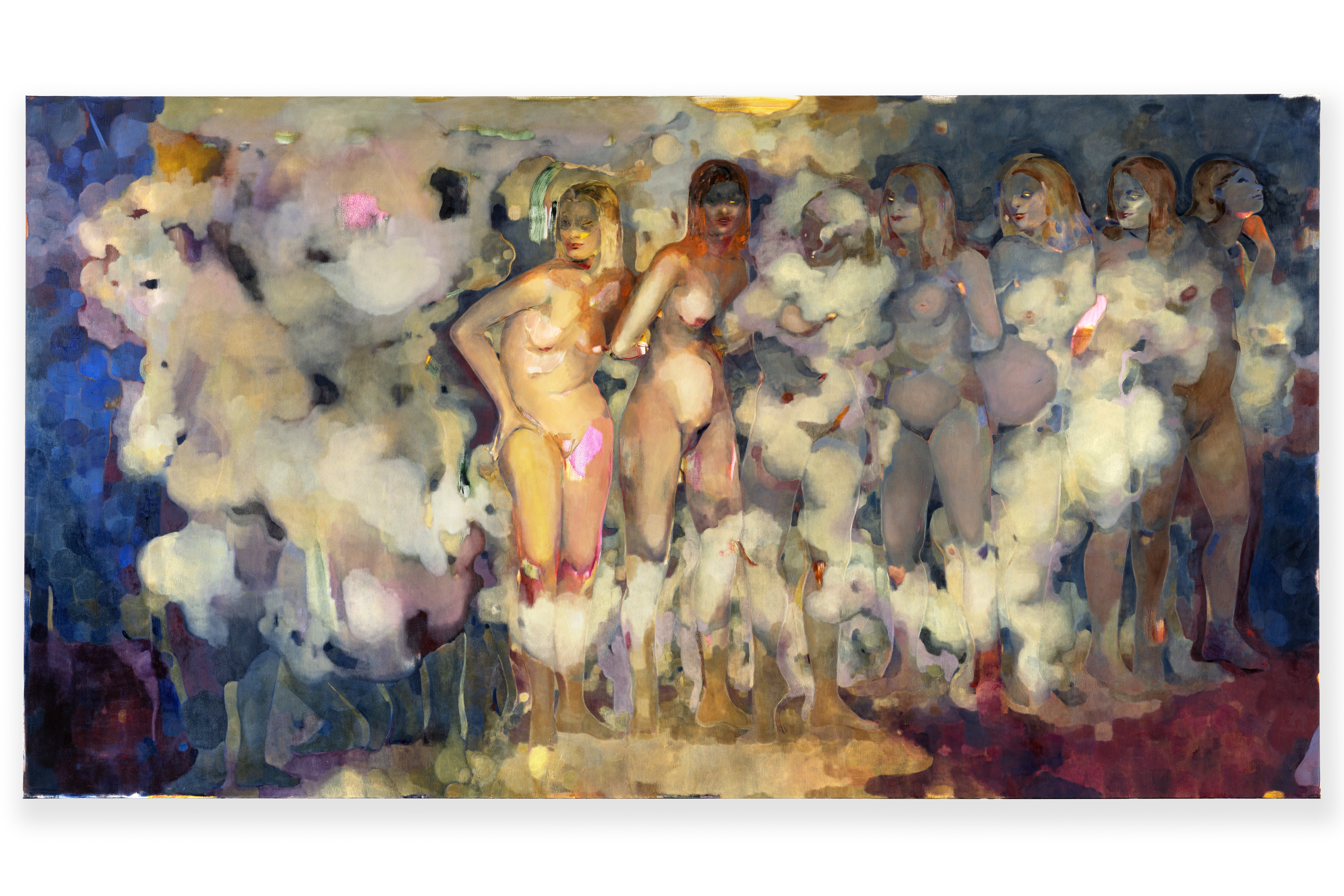 Meet Eva Helene Pade, the emerging artist redefining figurative painting
Meet Eva Helene Pade, the emerging artist redefining figurative paintingPade’s dreamlike figures in a crowd are currently on show at Thaddaeus Ropac London; she tells us about her need ‘to capture movements especially’
-
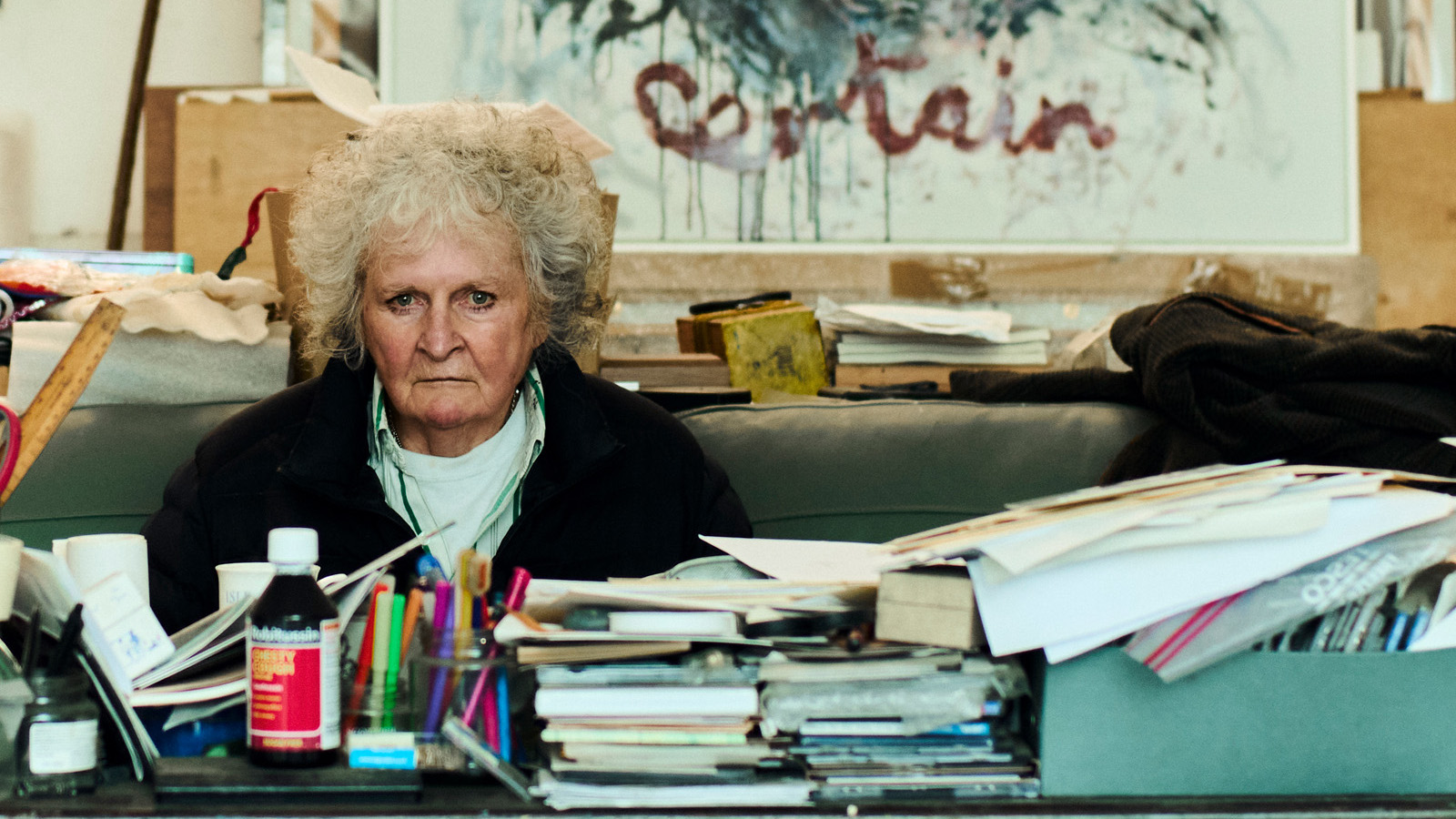 Maggi Hambling at 80: what next?
Maggi Hambling at 80: what next?To mark a significant year, artist Maggi Hambling is unveiling both a joint London exhibition with friend Sarah Lucas and a new Rizzoli monograph. We visit her in the studio
-
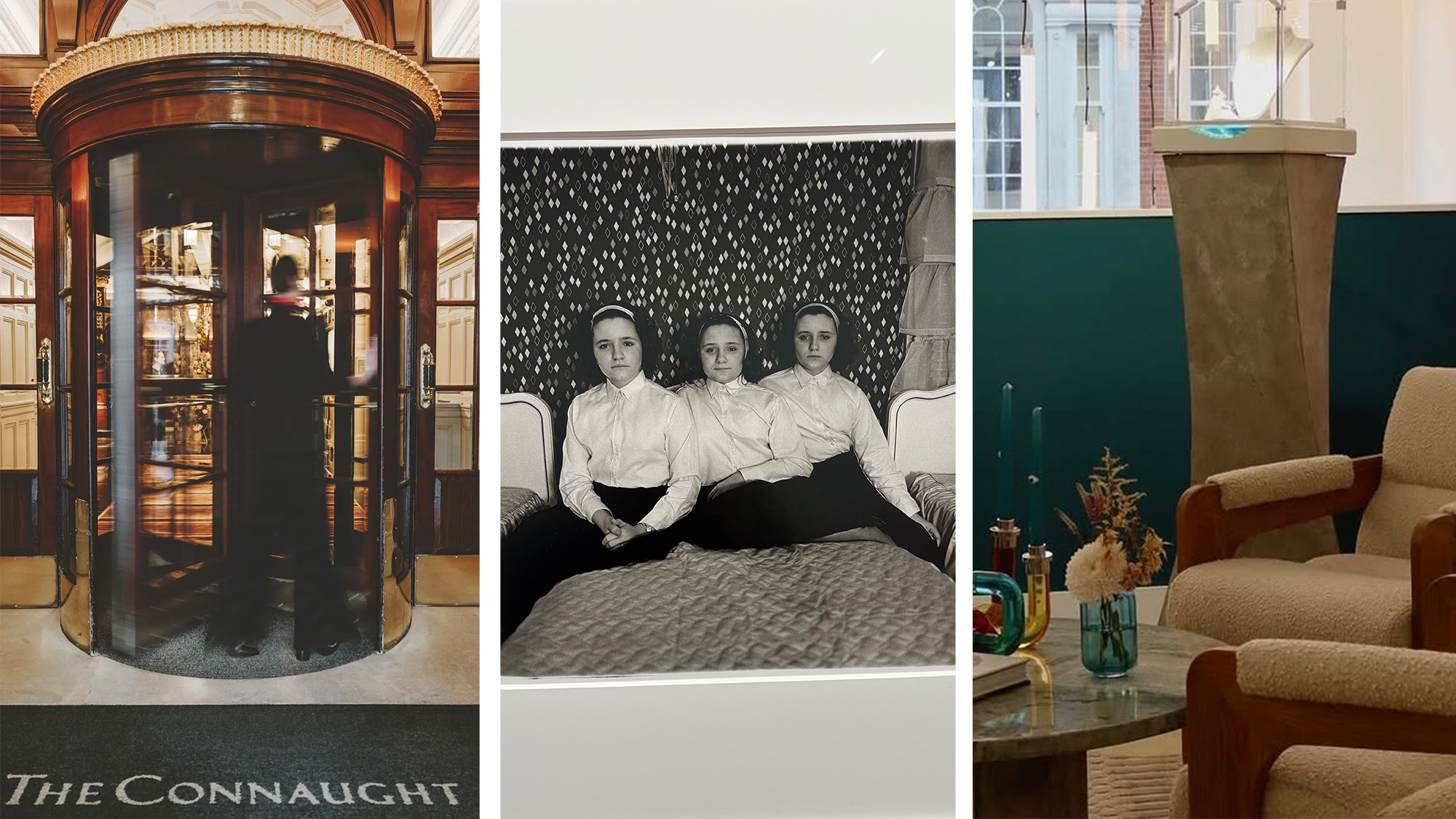 Out of office: The Wallpaper* editors’ picks of the week
Out of office: The Wallpaper* editors’ picks of the weekThis week, the Wallpaper* editors curated a diverse mix of experiences, from meeting diamond entrepreneurs and exploring perfume exhibitions to indulging in the the spectacle of a Middle Eastern Christmas
-
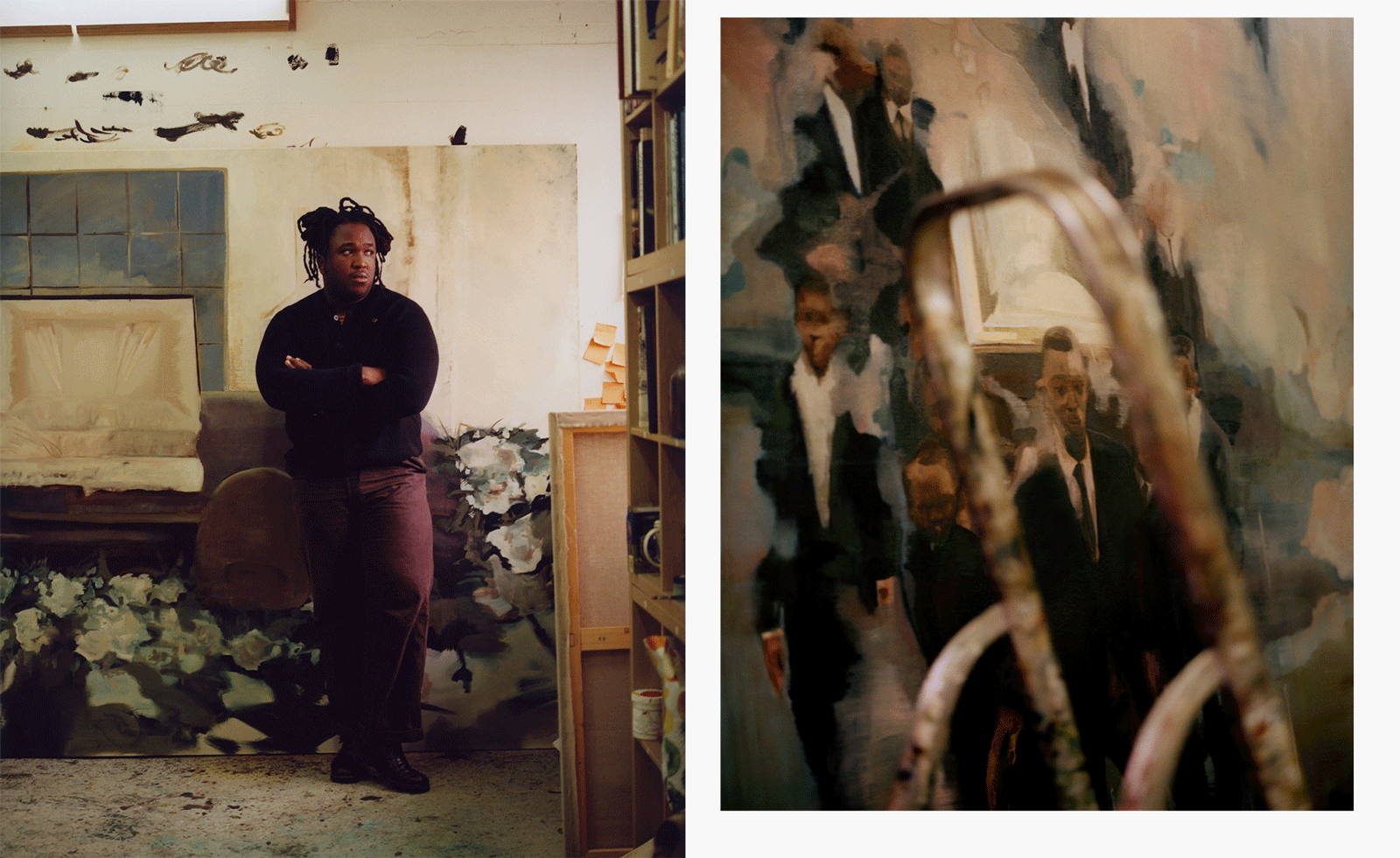 Artist Shaqúelle Whyte is a master of storytelling at Pippy Houldsworth Gallery
Artist Shaqúelle Whyte is a master of storytelling at Pippy Houldsworth GalleryIn his London exhibition ‘Winter Remembers April’, rising artist Whyte offers a glimpse into his interior world
-
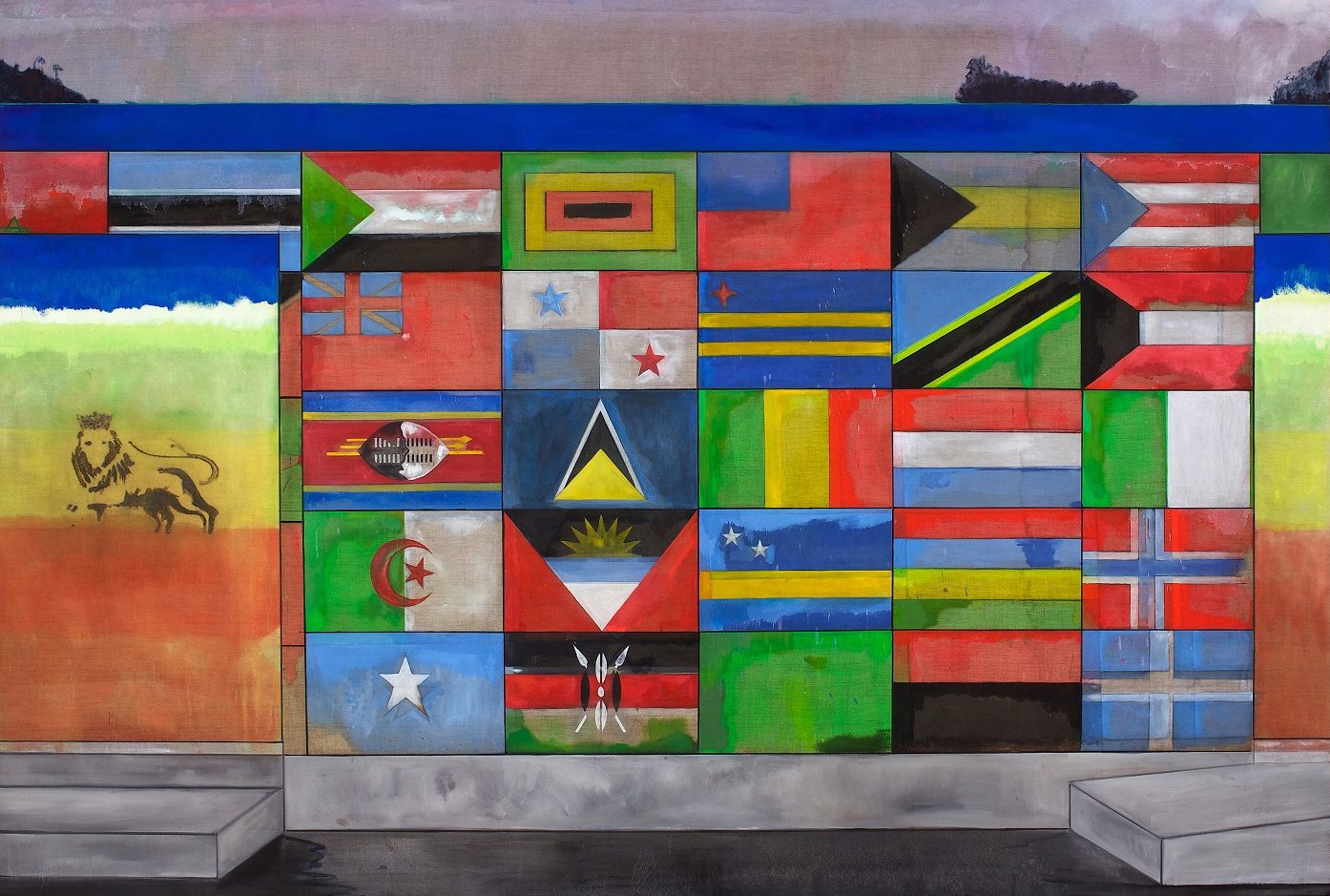 ‘Sit, linger, take a nap’: Peter Doig welcomes visitors to his Serpentine exhibition
‘Sit, linger, take a nap’: Peter Doig welcomes visitors to his Serpentine exhibitionThe artist’s ‘House of Music’ exhibition, at Serpentine Galleries, rethinks the traditional gallery space, bringing in furniture and a vintage sound system
-
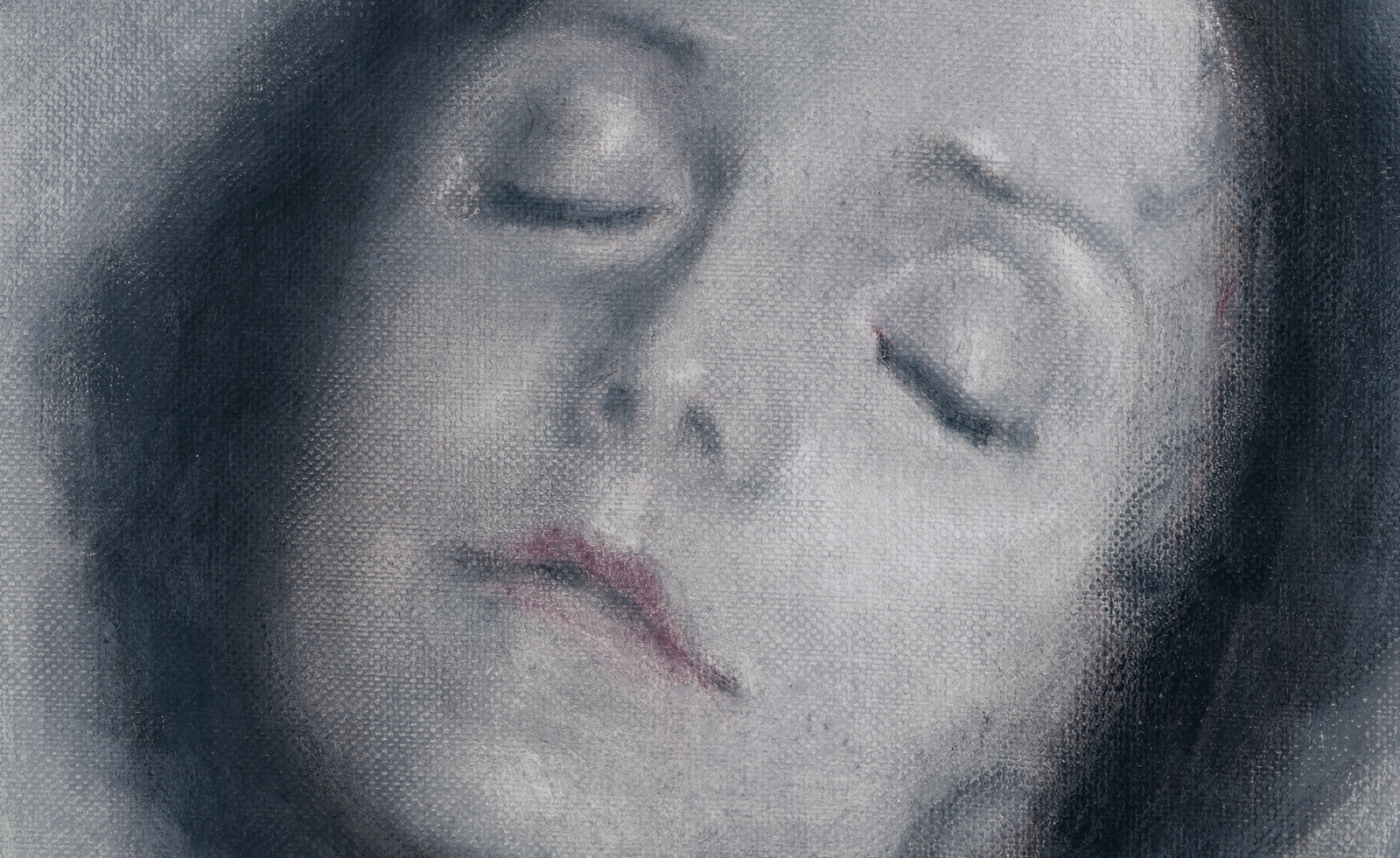 Classic figurative painting is given a glamorous and ghostly aura by Polish artist Łukasz Stokłosa
Classic figurative painting is given a glamorous and ghostly aura by Polish artist Łukasz StokłosaThe gothic meets the glamorous in Stokłosa’s works, currently on show at London’s Rose Easton gallery
-
 What's the story with Henni Alftan’s enigmatic, mysterious paintings? The artist isn’t saying
What's the story with Henni Alftan’s enigmatic, mysterious paintings? The artist isn’t sayingParis-based artist Henni Alftan's familiar yet uncanny works are gloriously restrained. On the eve of a Sprüth Magers exhibition in Berlin, she tells us why